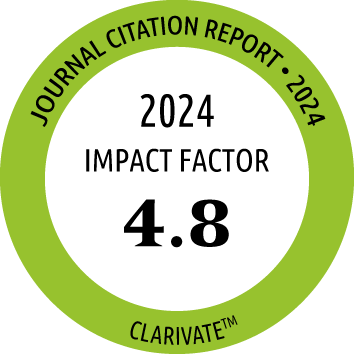Return to content in this issue
Perspectives in the Molecular Mechanisms Underlying Anaphylaxis
Esteban V1,2, Skrabski F3, Perales-Chorda C4, Puente-Crespo Y5, Muñoz-Cano R6,7, Cardona V8,9 on behalf of the Anaphylaxis Committee of the Spanish Society of Allergy and Immunology (SEAIC)
1Department of Allergy and Immunology, Health Research Institute-Fundación Jiménez Díaz University Hospital, UAM, Madrid, Spain
2Faculty of Medicine and Biomedicine, Alfonso X El Sabio University, Madrid, Spain
3Allergology Department, Ramón y Cajal University Hospital, Madrid, Spain
4Allergy Department, Sagunto Hospital, Valencia, Spain
5Allergy Department, Virgen del Rocio University Hospital, Seville, Spain
6Allergy Department, Hospital Clinic, University of Barcelona, Barcelona, Spain
7Clinical and Experimental Respiratory Immunoallergy, Institut Investigacions Biomediques August Pi i Sunyer (IDIBAPS), Barcelona, Spain
8Department of Allergy, Vall d’Hebron University Hospital, Barcelona, Spain
9Allergy Research Unit, Vall d’Hebron Institute of Research (VHIR), Barcelona, Spain
J Investig Allergol Clin Immunol 2025; Vol. 35(4)
doi: 10.18176/jiaci.1080
The complexity of anaphylaxis in terms of clinical features and etiology-pathogenesis makes it difficult to establish precise endotypes that correspond to specific phenotypes. Therefore, interest in unravelling the cellular and molecular mechanisms underlying anaphylactic reactions has grown.
A large group of anaphylactic reactions are characterized by the classical immunological mechanism of type I hypersensitivity, which leads to IgE-mediated activation of mast cells and basophils. However, in recent decades, other relevant signaling pathways have emerged. These include IgG-associated neutrophil activation, complement activation, cyclooxygenase metabolism, and direct mast cell activation. In drug induced anaphylaxis, the Mas-related G protein–coupled receptor (MRGPRX2) plays an interesting role by directly triggering mast cell degranulation. In addition, contact, coagulation, and metabolic systems are activated, while homeostasis is altered, as evidenced by the modulation of proteins such as albumin, phospholipids, and apo- and lipoproteins. In all cases, the release of mediators and/or dysregulation of the systems has an impact on the endothelium, which is actively involved in the pathophysiology of the reactions. Furthermore, recent evidence points to extracellular vesicle- and microRNA-mediated communication between cellular compartments in anaphylaxis, and genetic factors, such as hereditary a-tryptasemia, are associated with risk of severe reaction. In summary, the recognition of cellular and molecular signaling mechanisms will enable better patient phenotyping and management in clinical practice.
Key words: Anaphylaxis, Immunoglobulins, Mechanisms, Epigenetic, Endothelium, Extracellular vesicles, miRNAs, Metabolites, a-Tryptasemia




